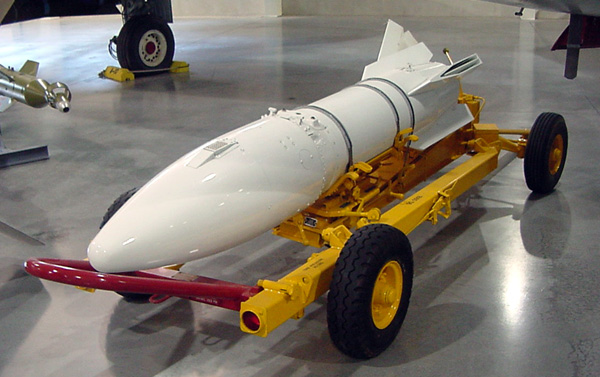I'd actually be up for a High-Altitude fighter with enough firepower to destroy fragments. Only question is, what kind of weapons should it carry? I don't think the TLS would be sufficient for the job even if we pretty much already have the tech for it.
I think Leasath's SWBM (Shock Wave Ballistic Missiles) would work since they have absurd firepower even when miniaturized for a fighter to carry, but that was produced in the 2020s.
Pixy's 'Morgan' superfighter was throwing around burst missile warheads that looked like small tactical nukes (complete with giant glowy spherical fireballs) in 1995. "MPBM," I think the designation code was.
High payload missiles and Energy weapon which potentially give nearly infinite ammo. Is my guess especially when we gonna build something that got micro nuclear fission reactor on board.
I pretty sure our research dices gonna be busy.
The available energy weapons for fighters in Ace Combat generally do not have infinite ammo. Aircraft with nigh-unlimited laser shots tend to be giant-sized things hundreds of meters long, with actual room for a nuclear reactor.
I mean the Firestorm literally just laser array that got downscale to Laser wall then upscale again to become Coastal laser array/wall.
Plus we got +5 on [Laser] Project so I think its possible.
The problem with Firestorm is the enormous short-term power requirements of "vaporize all the water coming at us" when "all the water" is measured in millions,
many millions, of tons. I don't think it can be made to work.
I can only really think of the Fenrir's LSWM (Long range Shock Wave Missile) for missiles that can significantly damage an asteroid fragment. If we're using that, however, I think we're better off not having an TLS on the fighter since we're going to need every bit of power to make sure the fighter can actually catch up with the asteroid fragment.
Realistic intercept profile is that the fighter launches its missiles in the direction of where the fragments are
going to be, not some kind of tail chase. They're falling rocks; we can track them on radar and they are not going to maneuver or try to evade.
But again, the Morgan had, I say this having played Zero a fair bit in younger days, some
goddamn scary munitions back in 1995. Sounds like Leasath was just ripping off something the Belkans had already done a quarter century ago...
Are we sure that we gonna end up with Fenrir frame? As I pretty sure that High altitude aircraft project not gonna be cheap.. (we literally put 10k project on a high altitude fighter jet)
Plus we may be able to improve its performance by doing multiples projects with may help in it mass production and performance later on. We may end up with something similar that what I about to say.
That not counting multiples research topics like railgun, laser, nuclear, engine, thruster, etc that will come later and then a project about factory to build fighter jet to shot down asteroids after all that.
Real talk, the smart way to do this is to just abandon the idea of building something that aesthetically resembles a normal fighter aircraft, accept that it's gonna be built to the same general scale as a heavy bomber. It's optimized to first get up fast and high, launch high-velocity vaguely guided rockets on pre-determined trajectories, then come back down and survive re-entry. The mission profile will feel, to the pilot, a lot more like being in a bomber than being in a fighter jet doing Air Combat Maneuvers.
Using a constellation of reflection satellites is totally viable, you just have to also build or buy space launch. If you had taken Southern Paperclip this would've been significantly easier. The hard part is that you then wanted to also invent APS like a decade early while on the world's most important time limit. Nothing stops you from launching bare minimum satellites now and replacing them later though.
Yeah, that's fair. Got a bit carried away with the Red Alert crossover ideas. I'll rewrite the Joyeuse proposal with that in mind.

